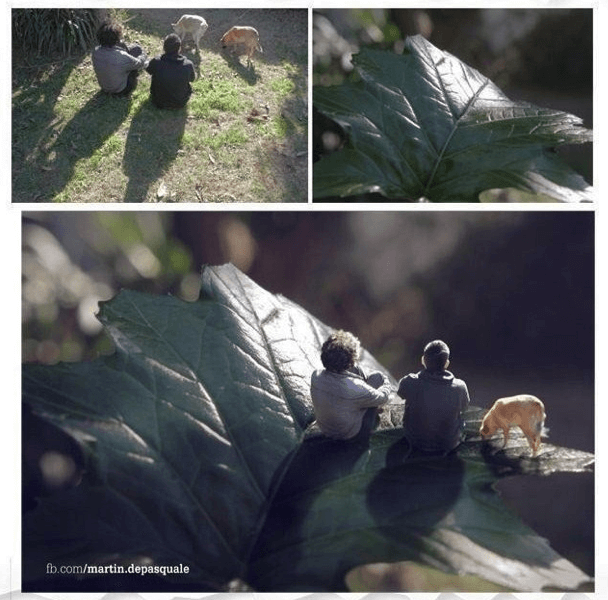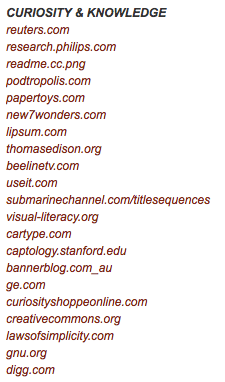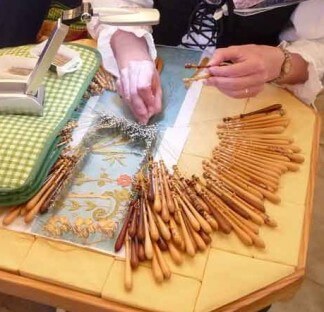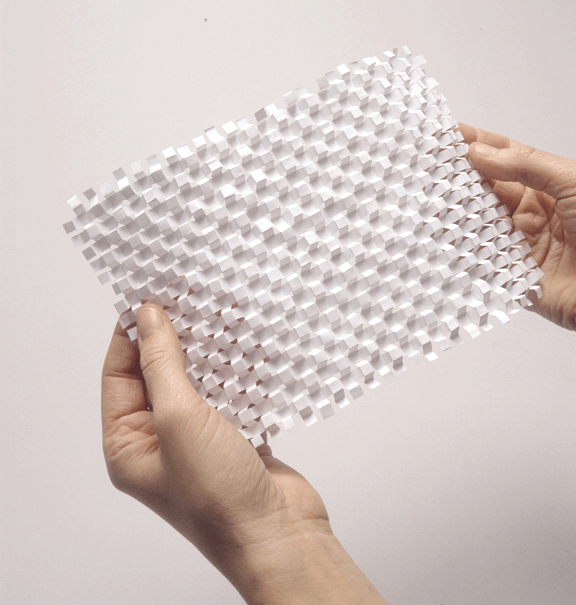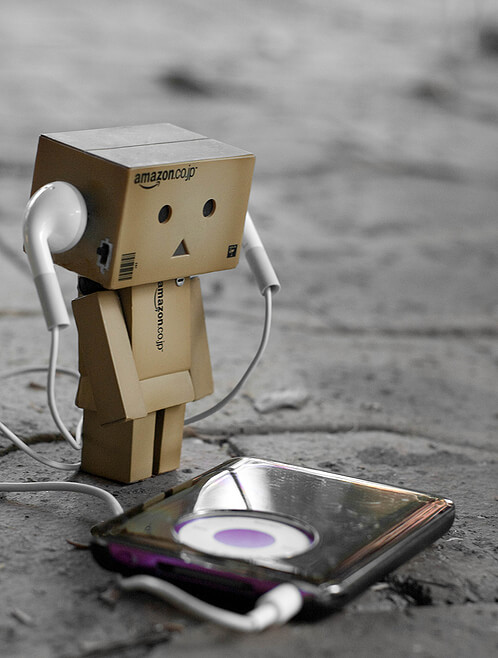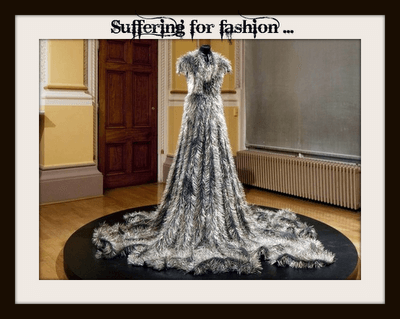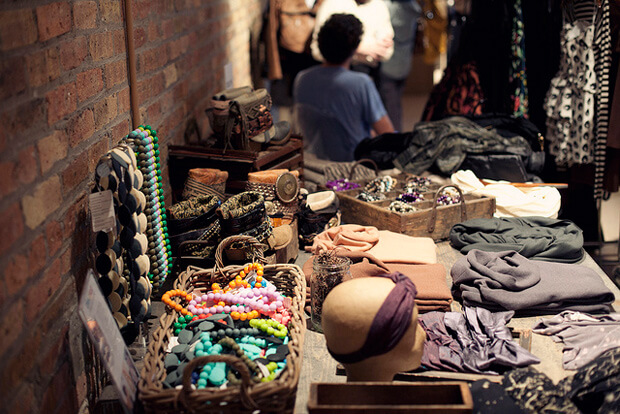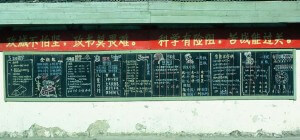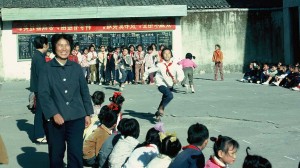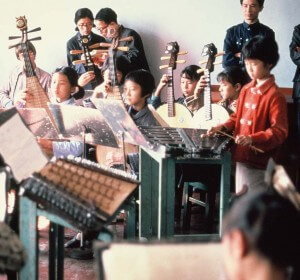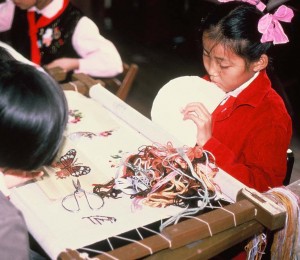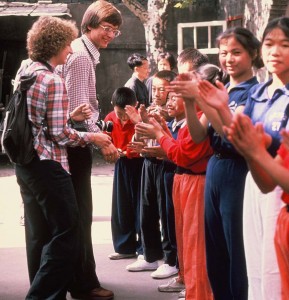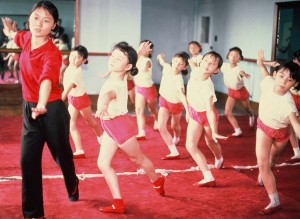Archive for the ‘dance’ Category
Top Ten Tuesday
A long, hard week, but we can always count on the internet to provide something interesting. Enjoy!
A really cool look at some Photoshop work from The Best Article Every Day:
Things maybe you never knew about cleaning and organizing….and might want to – some very clever ideas here!
From the 365 Project, once again some amazing photos:
This is a dance performed at the closing ceremonies for the 2004 Paralympics. The dance, called the Thousand-Hand Guanyin, is making the rounds across the net. Considering the tight coordination required, their accomplishment is nothing short of amazing, even if they were not all deaf. All 21 of the dancers are complete deaf-mutes. Relying only on signals from trainers at the four corners of the stage, these extraordinary dancers deliver a visual spectacle that is at once intricate and stirring. Its first major international debut was in Athens at the closing ceremonies for the 2004 Paralympics. But it had long been in the repertoire of the Chinese Disabled People’s Performing Art Troupe and had traveled to more than 40 countries. Its lead dancer is 29 year old Tai Lihua, who has a BA from the Hubei Fine Arts Institute. The video was recorded in Beijing during the Spring Festival.
From the TED Blog – 100 Websites you should know and use…..when you want to surf……
A great dance video – will make you feel good all over!
From Buzzfeed, 26 images from the year that will make you believe in humanity again:
 Some color for your enjoyment….this is one continuous picture, so click and be sure to scroll…..from The Best Article Every Day.
Some color for your enjoyment….this is one continuous picture, so click and be sure to scroll…..from The Best Article Every Day.
A lace comeback? Really interesting look at a possible resurgence of interest in lace from Surface Design Association.
And for us fiber junkies….3-D fabric with laser printers.…..
Have a great week surfing – let me know what you find!
Top Ten Tuesday
![]() What an interesting week on the web!
What an interesting week on the web!
From JPG Magazine – shots of toys….how can you not smile?
From Oceana, a new idea in gift giving.
From the TED blog comes a conversation with Adam Savage of the Mythbusters….love that show! The science and math is amazing. Here’s an earlier video:
An interesting video from Vimeo – have to start exploring that site some more. 29 Ways to Stay Creative……I do a lot of these already.
29 WAYS TO STAY CREATIVE from TO-FU on Vimeo.
Yes, I am a grammar freak/geek – love all things grammer, thanks to my amazing Latin teacher, Joan Daniels. So this article from The Best Article Every Day is right up my alley.
 A GREAT video from the TED folks, this one on using dance instead of power point to teach “big idea” concepts. Got me thinking about using Photoshop and Illustrator to teach algebra…….
A GREAT video from the TED folks, this one on using dance instead of power point to teach “big idea” concepts. Got me thinking about using Photoshop and Illustrator to teach algebra…….
Now read this about how he created this.
Thinking about making a video showing your art processes? I am, and this article from SDA – Surface Design Association – was perfect timing. Very detailed and lots of advice.
And…Tristan is Back!!!!!! Tristan’s blog, Enchanted Revelries, is a delight of photos. Here’s one of a dress at the V&A Museum….a mourning gown. Read the story here. Tristan – I like the font……
And in the continuing spirit of sarcasm and bad taste comes this blog post of bad Nativity scenes….coffee alert here……With apologies, I give you the Meat Nativity…..
Wish we had something like this in Tucson! Fashion, Food and more from Chicago’s River East Art Center’s monthly artisanal pop-up.
Send me cool stuff you find!! Enjoy your week!
Revisiting China – Part 1
![]() One of my projects as a result of our recent move is to sort and organize slides and pictures: one because of the need for the extra space, two to eliminate anything that still has smoke from our fire 20-plus years ago, and three to find a way to enjoy all these memories. Now that I have a home for “recycling” slide mounts and boxes, I am ready for this project. Slides are sorted into a slide box we had been given years ago and never used; there’s one drawer of China slides and a second drawer of personal slides. I’m starting on the China slides.
One of my projects as a result of our recent move is to sort and organize slides and pictures: one because of the need for the extra space, two to eliminate anything that still has smoke from our fire 20-plus years ago, and three to find a way to enjoy all these memories. Now that I have a home for “recycling” slide mounts and boxes, I am ready for this project. Slides are sorted into a slide box we had been given years ago and never used; there’s one drawer of China slides and a second drawer of personal slides. I’m starting on the China slides.
How to organize? One of the most impressive memories from this trip in 1978 (before normalization of relations with the US) was the visits to the schools, so that’s where I am starting. Some background: I was teaching middle school science at the time in Phoenix, Arizona, when I became involved with the US-China People’s Friendship Association, a group working to bring about normalization (the recognition of “Red China”) as a legitimate country. This has been a passion of mine for years, since early high school, and especially influenced by a book by William Lederer (senior moment – lost the name) about the “truth” about Chiang Kai-Shek. I won a number of debates in high school based on the strenghts of my pro arguments, which didn’t make me any more popular. Oh well, I WAS right.
In 1978 I was selected as one of 20 people from the western part of the United States to travel for 3 weeks in China. I had never been anywhere, and China was at the top of my travel list. I was in heaven! I was gone for nearly a month, have a full notebook of interviews and impressions, and probably well over a thousand slides (all of which are being weeded down to the best. Each place we visited (fron Guangchou – the “old” Canton” to Beijing) we were able to meet and ask questions. I was in charge of all the school stops, since I was the only teacher in the group. It was the most amazing adventure.
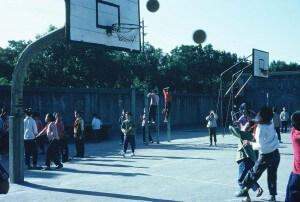 Our first visit was an elementary school, and the playground looked suspiciously like the typical US school ground. Teachers were wandering around, organizing activities, like tug of war. Notice the blues and grays for colors, especially on the adults. We were there at the end of the Cultural Revolution; the Gang of Four had just been imprisoned. Bright colors were a “western” problem, and we had been asked in doing our packing to look at basic browns, blues, and grays for colors, pants, no dresses, to respect the Chinese. We only saw bright colors on the children, until we hit Tokyo on our way back – our senses were literally assaulted with color.
Our first visit was an elementary school, and the playground looked suspiciously like the typical US school ground. Teachers were wandering around, organizing activities, like tug of war. Notice the blues and grays for colors, especially on the adults. We were there at the end of the Cultural Revolution; the Gang of Four had just been imprisoned. Bright colors were a “western” problem, and we had been asked in doing our packing to look at basic browns, blues, and grays for colors, pants, no dresses, to respect the Chinese. We only saw bright colors on the children, until we hit Tokyo on our way back – our senses were literally assaulted with color.
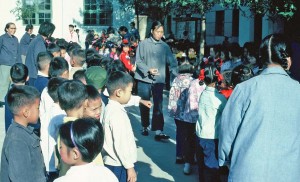 If you notice make-up on the children, it’s because many of them were going to be performing for us during our visit. We were treated to amazing displays of arts and athletics, and at the time China was not a player in sports on the world stage. We all know that has changed.
If you notice make-up on the children, it’s because many of them were going to be performing for us during our visit. We were treated to amazing displays of arts and athletics, and at the time China was not a player in sports on the world stage. We all know that has changed.
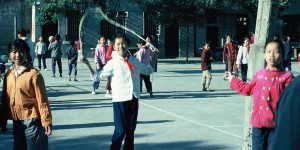 I was particularly taken by the blackboard at the end of the playground, with all the announcements. It was pristine; no damage, vandalism, or the like. One of the questions I asked at our first meeting with the teachers and administrators of the school was how they dealt with vandalism. I ws asked to rephrase the question, and then asked to define vandalism. The teachers looked at each other, not understanding the word…or the concept. The reply was “why would anyone want to destroy what they need?” Why indeed….
I was particularly taken by the blackboard at the end of the playground, with all the announcements. It was pristine; no damage, vandalism, or the like. One of the questions I asked at our first meeting with the teachers and administrators of the school was how they dealt with vandalism. I ws asked to rephrase the question, and then asked to define vandalism. The teachers looked at each other, not understanding the word…or the concept. The reply was “why would anyone want to destroy what they need?” Why indeed….
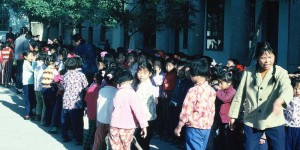 We saw all types of entertainment, from the little singers, singing songs of leading the good life according to Chairman Mao….
We saw all types of entertainment, from the little singers, singing songs of leading the good life according to Chairman Mao….
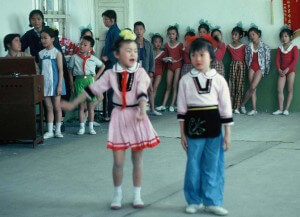 …to guymnastic displays of all ages. Look carefully at their equipment. Floors covered with skinny rugs, bare walls – nothing like we would expect for building athletes.
…to guymnastic displays of all ages. Look carefully at their equipment. Floors covered with skinny rugs, bare walls – nothing like we would expect for building athletes.
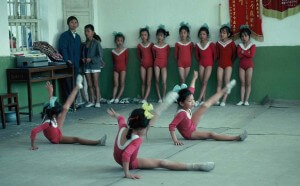 Some performances were more formal. This was a group of young ladies performing basic magic tricks for us, and they were very good. Stage presence was something I remarked upon at the time, and I still think it’s pretty amazing how poised they all were. I know how difficult it is to develop that in young children during theater.
Some performances were more formal. This was a group of young ladies performing basic magic tricks for us, and they were very good. Stage presence was something I remarked upon at the time, and I still think it’s pretty amazing how poised they all were. I know how difficult it is to develop that in young children during theater.
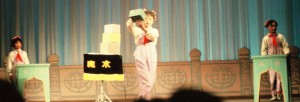 This dance/song number talked about importance of water and work to develop a good cotton crop.
This dance/song number talked about importance of water and work to develop a good cotton crop.
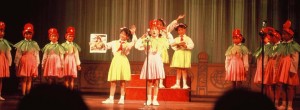 This is the classroom that sticks with me so many years later. Sixty students in the classroom, no textbooks in sight. If you look closely, you will see double-digit multiplication problems on the board. No paper visible among these second graders. Students would raise their hand with a solution they had worked out in their heads, be called upon, come to the front of the room, and respond. We don’t even begin teaching basic multiplication facts until third grade….
This is the classroom that sticks with me so many years later. Sixty students in the classroom, no textbooks in sight. If you look closely, you will see double-digit multiplication problems on the board. No paper visible among these second graders. Students would raise their hand with a solution they had worked out in their heads, be called upon, come to the front of the room, and respond. We don’t even begin teaching basic multiplication facts until third grade….
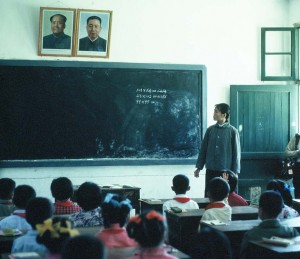 We had certificates made up of our trip before we left the United States. We brought along a Polaroid camera to take pictures of our hosts and the group, which would then be affixed to the certificate. This is still one of my prized possessions. (I’m second row on the left….)
We had certificates made up of our trip before we left the United States. We brought along a Polaroid camera to take pictures of our hosts and the group, which would then be affixed to the certificate. This is still one of my prized possessions. (I’m second row on the left….)
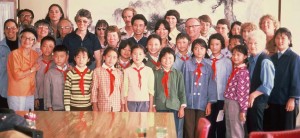 The children crowded around us to watch the picture develop – absolute magic!
The children crowded around us to watch the picture develop – absolute magic!
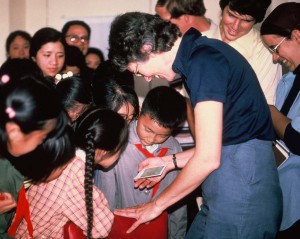 Shanghai, as well as most other cities, had what were called Children’s Palaces, a place for students to go after school for more activities. A good many of them were focused on the arts, but many others were practical. Here’s one of our group members playing – of all things – Chinese jump rope.
Shanghai, as well as most other cities, had what were called Children’s Palaces, a place for students to go after school for more activities. A good many of them were focused on the arts, but many others were practical. Here’s one of our group members playing – of all things – Chinese jump rope.
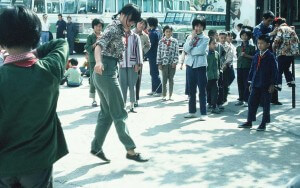 Lots of musical instruction, as well as impromptu concerts for us.
Lots of musical instruction, as well as impromptu concerts for us.
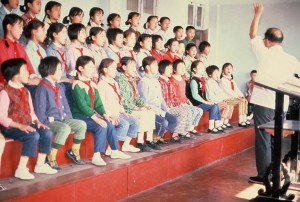 The needlearts are very strong in China at that time, especially needlepoint.
The needlearts are very strong in China at that time, especially needlepoint.
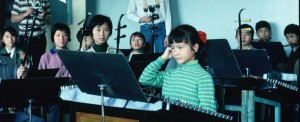 Lots of martial arts demonstrations….
Lots of martial arts demonstrations….
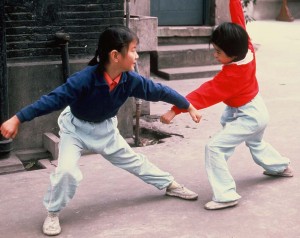 …and every where we went we were sent off to applause. For so many people we were the first Westerners they had ever seen.
…and every where we went we were sent off to applause. For so many people we were the first Westerners they had ever seen.
Ballet had been banned during the Cultural Revolution, so it was encouraging to see this, and then one evening a classical ballet performance.
This is going to be wonderful, retracing this amazing trip. I will be culling the best of the slides to put together in a photo book so that I can look at these images more often. I’ll post more as I proceed with this project…and a glimpse of a China just beginning to modernize and embrace capitalism.
YouTube and Math….
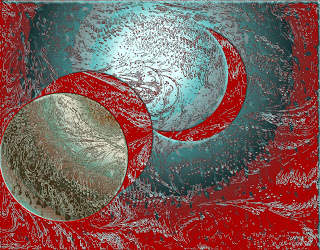 Yes, it’s true what the kids say – I can turn anything into math, including cool YouTube videos….Every now and then I try to inject something “feel good” into math class, just because it’s cool – it makes me nuts that we’ve lost the idea of learning for the pure enjoyment of learning. Hence this video, which I saw as a link last night on Facebook (and I immediately sent it along!).
Yes, it’s true what the kids say – I can turn anything into math, including cool YouTube videos….Every now and then I try to inject something “feel good” into math class, just because it’s cool – it makes me nuts that we’ve lost the idea of learning for the pure enjoyment of learning. Hence this video, which I saw as a link last night on Facebook (and I immediately sent it along!).
Sorry – I just can’t seem to embed it in the blog….
Where the hell is Matt?
This is such a nice, “feel good” video. Dancing is a universal language, and it fits in with what I am reading, The World in Six Songs by Daniel Levitin, “How the Musical Brain Created Human Nature.” Music, song and dance have been with us as evolutionary elements, and we are now coming to realize that with research.
The World in Six Songs explains, at least in part, the evolution of music and brains over tens of thousands of years and across the six inhabited continents. Music, I argue, is not simply a distraction or a pastime, but a core element of our identity as a species, an activity that paced the way for more complex behaviors such as language, large-scale cooperative undertakings, and the passing down of important information from one generation to the next.” (p. 3)
So imagine how disappointed I was to discover that the video is a complete fake….but still valuable nevertheless to math class. Mathematics underlies all of the computer-related, graphics/video game design careers. You may not be able to DO the math, but you should understand how it makes everything else work. If you want the really big bucks in a career, develop the programs that will allow others to develop video games and more. Think of the skills you need to alter photographs and create videos….
All part of trying to get my at-risk students to realize that there is value to mathematics…..
The World in Six Songs
– from Amazon

